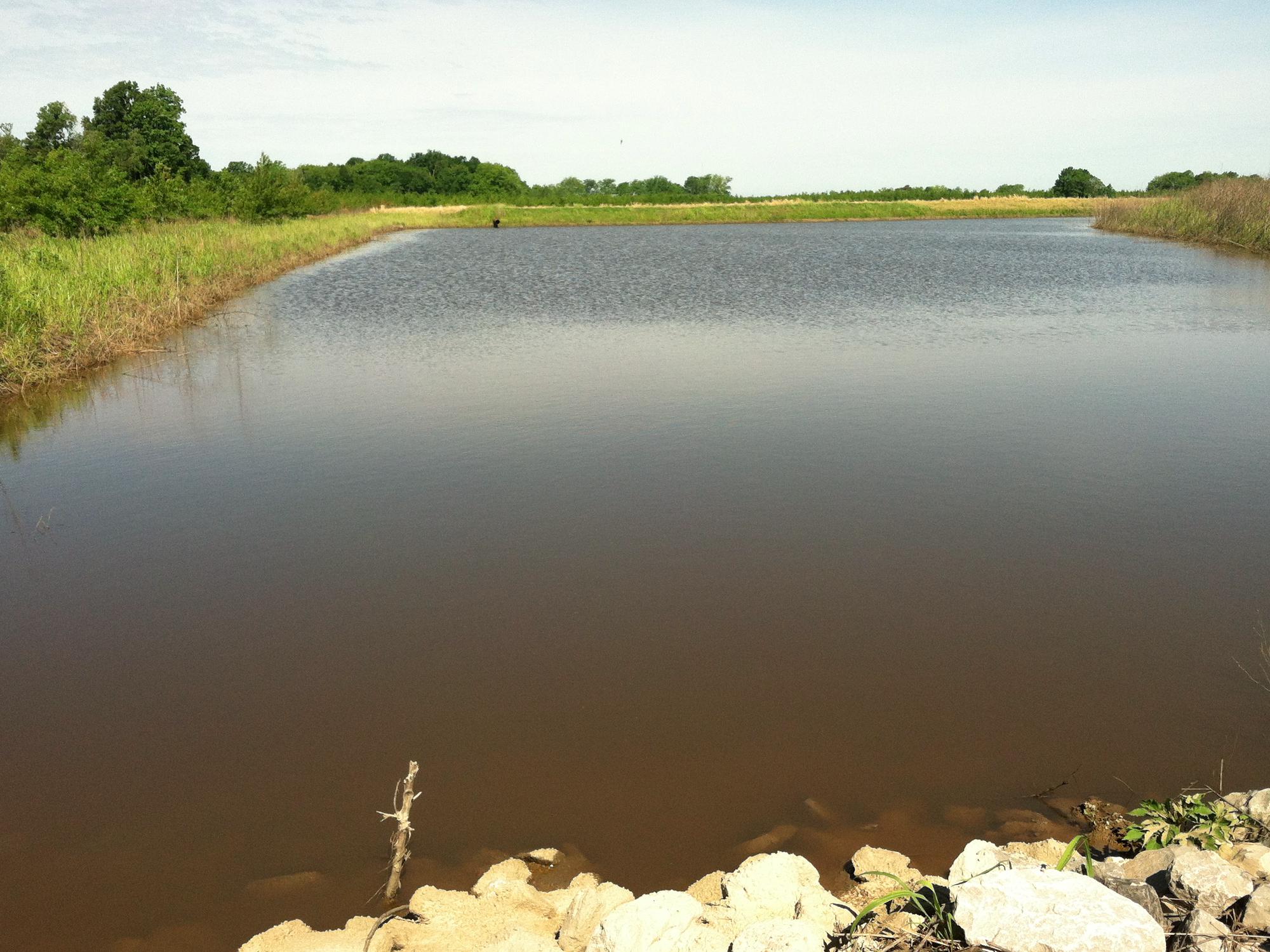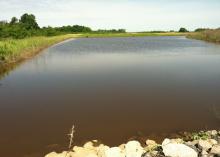Information Possibly Outdated
The information presented on this page was originally released on February 17, 2017. It may not be outdated, but please search our site for more current information. If you plan to quote or reference this information in a publication, please check with the Extension specialist or author before proceeding.
Choose irrigation from best sources
STARKVILLE, Miss. -- With spring around the corner, gardeners and farmers are beginning to plan for the upcoming planting and growing seasons.
One important way to ensure success during the Mississippi growing season is to have a plan for irrigation. Water keeps plants alive during the hot Mississippi summers, so irrigation is often vital during times of limited rainfall.
Two water supplies are available to the small-scale gardener and the large-scale farmer. “Green water” comes from precipitation, which may be sparse during the summer. “Blue water” refers to either groundwater or surface water.
Most water supplies used for irrigation come from groundwater, whether from a private well or from a municipal (public) water supplier. However, there is another source of water for irrigation: captured rainfall. This method can have many benefits.
In water reuse systems, rainwater is captured and saved for irrigation. Advantages of reusing captured rainwater may include reducing the irrigation of chemicals (salts, inorganic ions and fluoride) used to treat municipal drinking supplies (which may build up in the soil and decrease plant growth), reducing erosion and runoff pollution, and conserving water resources.
Capturing and reusing rainwater provides a sustainable supply of water. It can reduce irrigation costs compared to groundwater. Depending on the mobility of the irrigation system (if you have the supply on a trailer), it could provide a source of water for growing wildlife food plots.
Using rain barrels is a common way for homeowners, gardeners or small farmers to capture rainfall. This approach can rely on any system that aims to collect rainwater into a large container for later use in irrigation or other uses that typically require blue water. Most gardeners use leftover barrels or livestock tanks and easily plumb their gutters into the containers. You can then hook up a garden hose and begin irrigating. Some livestock tanks can be filled from direct rainfall over the winter if your garden is too far from a building.
For large-scale farms, rainwater collection relies on large structures, such as tailwater recovery systems. In such a system, a producer digs a large ditch along the field edge with a dam at the downstream end. He or she can either irrigate from that ditch or pump the water into a larger reservoir to be stored for later use. The tailwater recovery system is a conservation practice financially assisted by the U.S. Department of Agriculture Natural Resource Conservation Service.
Rain barrels and tailwater recovery systems provide a sustainable supply of water for plant growth. Surface water systems -- whether large or small -- can be practical alternatives to higher water bills, higher pumping costs and when access to other “blue” water sources are limited. They may provide a boost in your yields when compared to groundwater irrigation. By not pumping and using groundwater supplies, which may take decades to replenish, we are saving water for Mississippi’s future generations.
For more information about tailwater recovery systems, as well as conservation practices for agriculture, contact Beth Baker with the Research and Education to Advance Conservation and Habitat (REACH) program at Mississippi State University at 662-325-7491 or [email protected].

Editor’s Note: Extension Outdoors is a column authored by several different experts in the Mississippi State University Extension Service.






